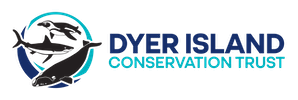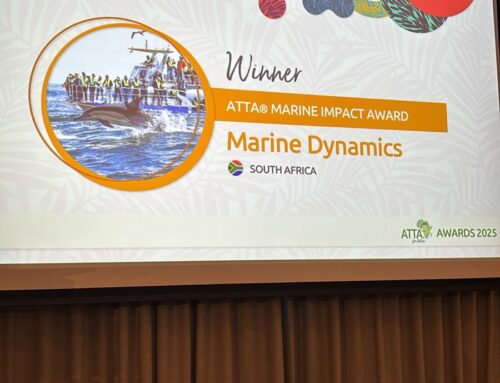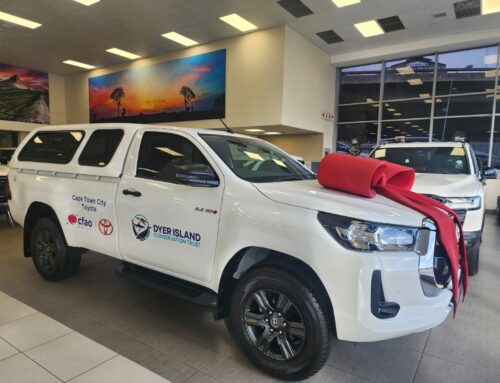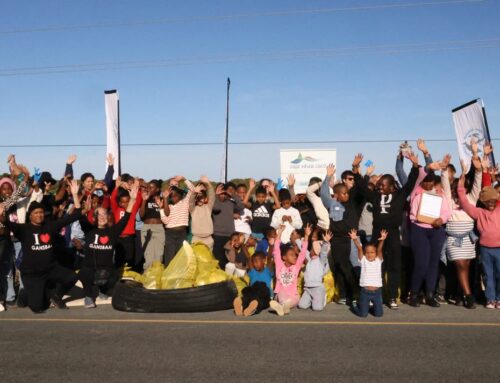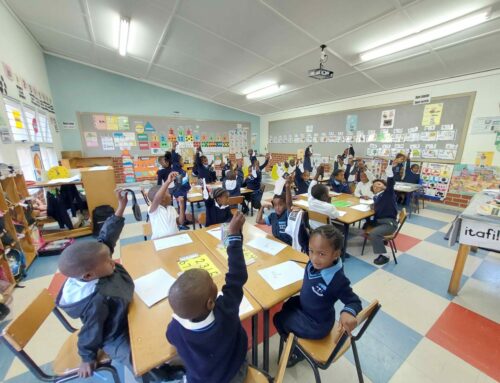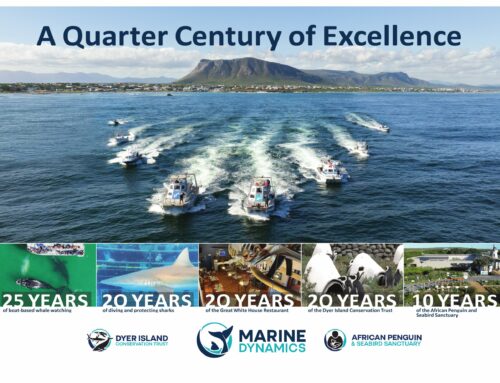On May 24th, 2025, a team from the Dyer Island Conservation Trust and Marine Dynamics responded to a sperm whale stranding in Struisbaai, near the southernmost tip of Africa. The team conducted measurements and collected blubber samples for further analysis. No obvious signs of injury or cause of death were observed.
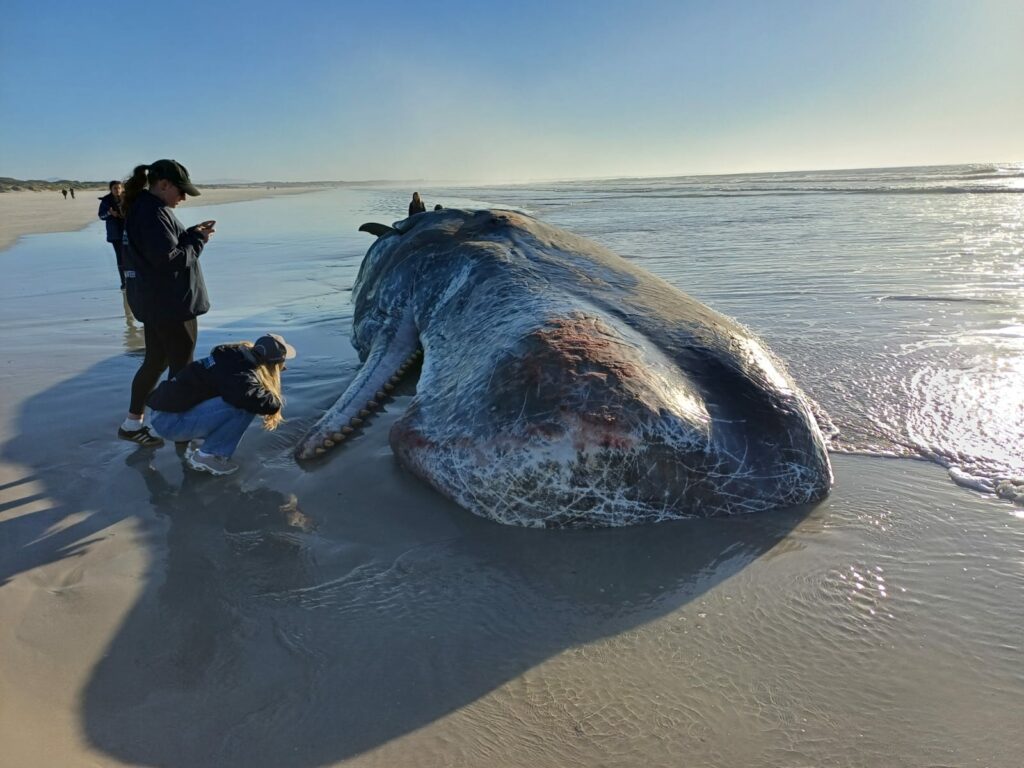
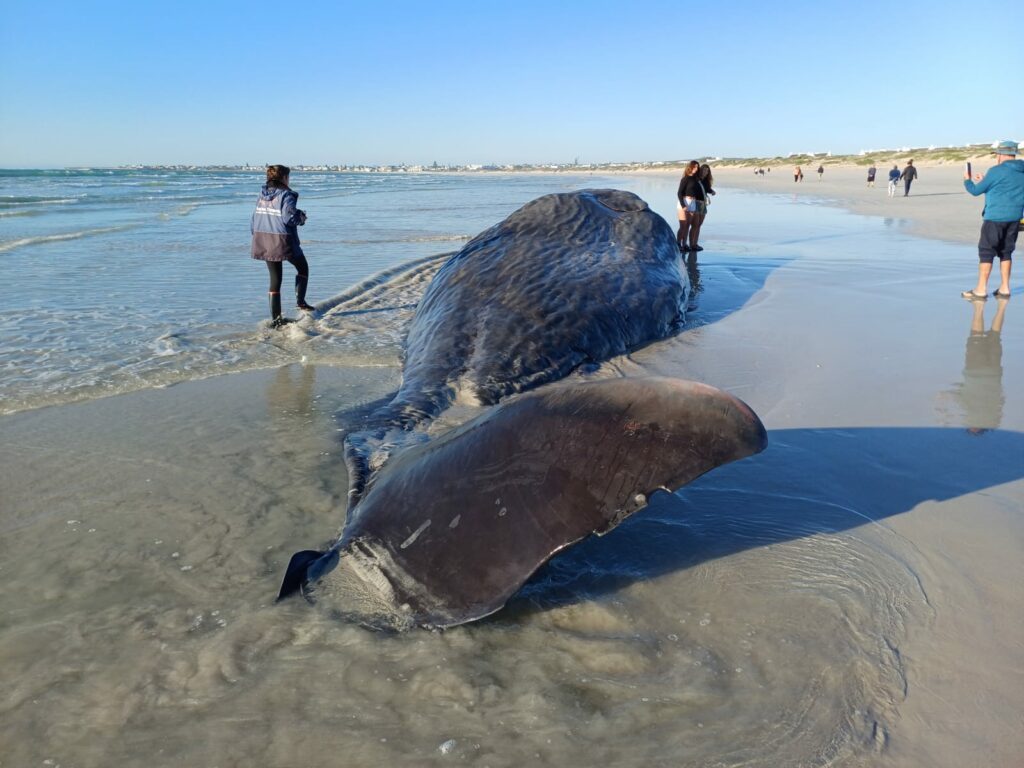

Sperm whales typically inhabit deeper waters near underwater canyons or continental shelf drop-offs. This stranding event was unusual and serves as a poignant reminder of the mysteries surrounding these majestic creatures. Each stranding provides a valuable learning opportunity, highlighting the importance of ongoing research and conservation efforts.
Coordinated Response and What Happened Next
According to a statement released by the Department of Forestry, Fisheries and the Environment (DFFE) on their official Facebook page on 28 May 2025, the sperm whale had originally stranded on Friday, 23 May, and sadly passed away the following day. In the days that followed, various local and national bodies, including the Bredasdorp Municipality and the National Sea Rescue Institute (NSRI), worked together to try and move the carcass to a more isolated area. Unfortunately, natural conditions and logistical hurdles prevented this effort from being fully carried out.
By the time DFFE officials visited the site on Tuesday, 27 May, the whale had already begun decomposing, which made further biological sampling difficult. Despite this, much of the critical data — including samples — had already been collected while the carcass was still intact.
One of the most promising outcomes of the incident is that the skeleton may still be salvaged. The South African National Strandings Network has recommended that the skeleton be preserved for scientific and educational use. Plans are now in motion between DFFE, South African National Parks, and Agulhas National Park to potentially store and display the specimen for research and public interest.
Understanding the Stranding Response Network in the Overstrand Area
The Overstrand region’s response to marine animal strandings is coordinated through the South African National Stranding Network. This collaborative effort includes organizations such as the Dyer Island Conservation Trust, Marine Dynamics, CapeNature, the Department of Forestry, Fisheries and the Environment, the NSRI and the Overstrand Municipality, among others.
These organizations work together to respond promptly to strandings, conduct necropsies, and collect samples for scientific studies. The Dyer Island Conservation Trust and Marine Dynamics, for instance, is equipped with expert teams and dedicated recovery vehicels to assist with such incidents effectively.
How You Can Help
If you encounter a stranded marine animal in the Overstrand area, it’s crucial to report it immediately. Your prompt action can make a significant difference in the response and research efforts. Please contact the Dyer Island Conservation Trust team: +27 (0) 82 907 5607
For any penguin emergencies please contact the Penguin Rescue line: +27 (0) 72 598 7117
When reporting, provide the location of the stranding and, if possible, include a photograph.
Conclusion
Each stranding event offers insights into the health of our marine ecosystems and the challenges faced by marine wildlife. By staying informed and reporting strandings promptly, we can contribute to the protection and understanding of these incredible animals.
